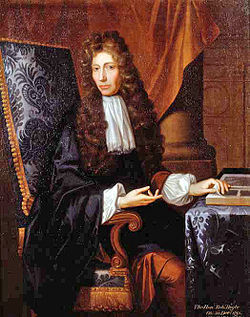Adversative conjunctions

If you have been enjoying my book, The Art of Connection , you might be interested to read what Alexander Bain had to say on the topic of Adversative conjunctions : Certain of the Adversative conjunctions are used to indicate the mutual bearing of consecutive sentences. Some of the members of this subdivision are termed Exclusive, because they indicate the exclusion of some circumstances that would otherwise be allowable. "Else," " otherwise," are the chief examples; they occasionally introduce sentences, but owing to the intimacy of union that they express, their chief use is to unite clauses. Those termed Alternative sometimes form a link between two sentences; for example, or and nor. When nor is used without neither preceding, it is commonly in the sense of and not: " Nor would he have been mistaken;" " And he would not have been mistaken." We may have one sentence commencing with either and the next with or; and so with ne...





